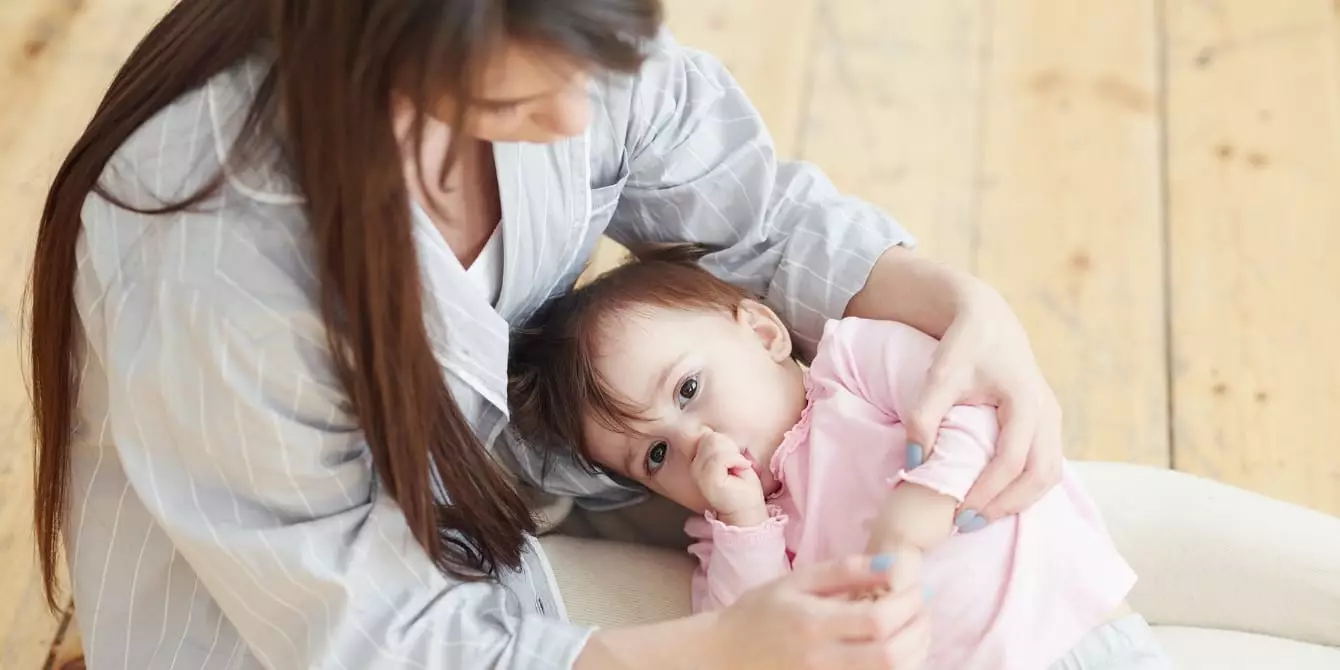For many parents, the challenge of weaning their children from pacifiers or thumb-sucking can feel overwhelming. It’s important to recognize that these behaviors are generally part of normal infant development. Many infants are observed sucking their thumbs or fingers even before birth. While such habits can be soothing for babies, they may become problematic if continued for too long. Experts typically suggest that pacifier use should be discouraged by the time a child turns one, with thumb-sucking also ideally winding down by three years of age. As a pediatric dentist and parent, I have seen firsthand how critical it is to manage these habits to prevent potential dental issues down the road.
Delay in breaking these habits can lead to various dental concerns. Extended use of pacifiers and thumb-sucking can cause teeth misalignment—specifically, this may manifest as an increased gap between the upper and lower teeth or altered positioning of the tongue, leading to a narrow palate. Children who suck their thumbs aggressively may also develop an open bite, making it difficult to form certain sounds and words correctly as they grow older.
Worrying about these effects can lead parents to feel anxious. However, tackling the issue doesn’t need to be a battleground. Understanding the potential consequences of these habits can empower parents to take proactive and informed steps.
One of the most effective strategies involves visiting a pediatric dentist by the age of one. This initial dental appointment not only establishes a dental home but also allows for discussions around oral hygiene and any existing habits. Education is key. A pediatric dentist can observe your child’s specific circumstances and help you devise a tailored strategy for transitioning away from the pacifier or thumb.
Start by reducing the frequency of the habit gradually rather than attempting to eliminate it all at once. For instance, if your child relies on a pacifier during naps or bedtime, begin by removing it during these times. Gradually decreasing access can make the transition smoother. Introducing alternative comfort items, like stuffed animals or soft blankets, can serve as suitable replacements, providing solace during difficult moments.
Children thrive in routine and consistency, so establishing a structured approach during this transition is paramount. Instead of focusing solely on what your child should not do, emphasize what they can do. Celebrate small victories along the way, using praise and positive reinforcement to encourage their efforts. Small rewards and acknowledgment of their achievements can motivate children to move away from these habits.
Engaging your child through interactive methods can also be beneficial. Reading storybooks featuring characters who have successfully overcome similar habits can serve as both an entertaining distraction and an educational tool. This empowers the child to visualize a positive transition.
Consider organizing celebratory events to mark the transition away from pacifiers. A fun idea could be hosting a “pacifier send-off party,” where your child wraps their pacifier and pretends to send it off to a newborn, symbolizing growth and maturity. This offers a playful way to make the transition feel special rather than a loss.
Importantly, keep communication open. Discuss with your child why it is time to say goodbye to their pacifier or thumb-sucking. Your explanations and reassurances will help ease their anxiety about this change.
As many parents can attest, overcoming these habits can be an emotional rollercoaster. It’s normal to experience guilt during this process, but focusing on the long-term dental and speech benefits for your child can help alleviate these feelings. Seek out fellow parents for support; sharing experiences can be both rewarding and helpful. Additionally, staying connected with your pediatric dentist provides you with resources and guidance tailored to your unique situation.
Above all, remember to care for your own emotional well-being during this challenging phase. Each child is distinct, and some may require more time or different strategies to wean off these habits successfully. With patience, support, and the right approach, you will find your way through this transition. Embrace the journey, and remind yourself that change, while difficult, will ultimately lead to positive development for your child.

